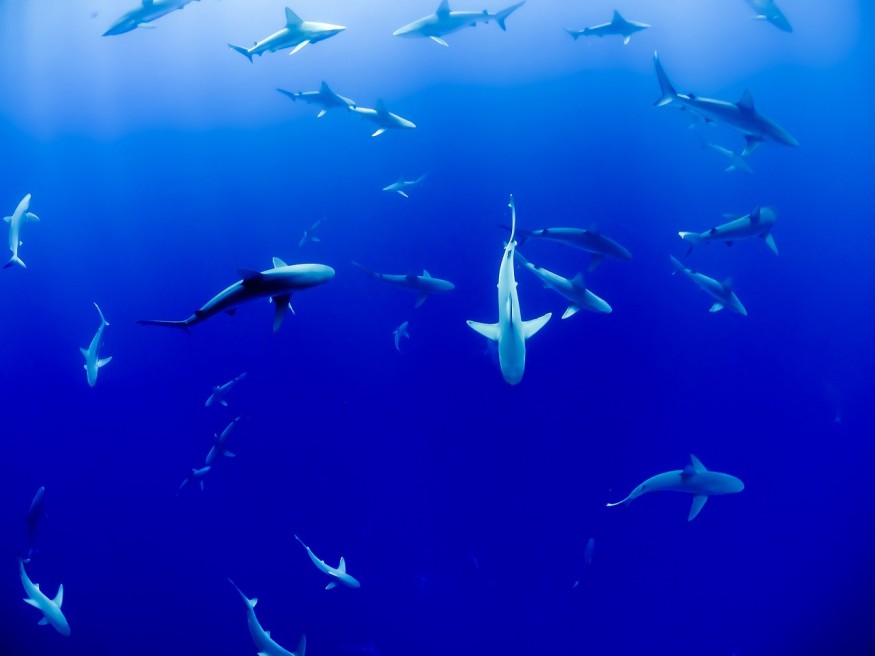
Just recently, the Dunkleosteus, or Dunk, was discovered as not being as big as previously thought. Now, another study sheds light on how the methods used for assessing the size of Dunk and other arthrodire placoderms are inaccurate.
How Big Was Dunkleosteus and Other Ancient Arthrodire Placoderms?
According to SciTechDaily, a new study addresses a persistent issue faced by the field of paleontology: how big were Dunkleosteus and other arthrodire placoderms from the late Devonian?
Arthrodire placoderms are extinct fish species that had armor to cover their head and torso parts. However, they were also largely similar to sharks, as their skeleton was mainly made of cartilage. Because of this, most of their body structure failed to be preserved.
Phys reports that previous estimates regarding the size of Dunkleosteus were based on the size of the creature's jaws and mouths. However, such methods of testing were never evaluated to see if they garnered accurate and reliable results.
Hence, the recent study aimed to evaluate such testing methods. It did so by examining data on extant sharks and other fish species. The study also examined whether such methods could reliably predict the body size of Dunkleosteus and other smaller arthrodires with remains. Since such smaller species were examined from remains that were complete, they could be used for testing whether previous techniques were accurate in predicting arthrodire placoderm body sizes.
Shark Mouth Sizes Are Not Accurate Body Size Predictors of Arthrodire Placoderms
As per Phys, complete arthrodires had bigger mouths, while their body lengths were the same as those of sharks. However, the scientists discovered that the mouth dimensions of extant sharks were not accurate predictors of arthrodire body sizes. These findings were included in the PeerJ journal.
The mouth size of Dunkleosteus was unusually large, even when compared to other arthrodires. Previous estimations regarding Dunkelosteus' lengths also made the suggested body shape biologically illogical when it was applied to the fossils' known dimensions. If previous estimates were indeed true, the fish should have had a remarkably shrunken and small head and a super long toso. No other arthrodires demonstrated such peculiar proportions, suggesting that this was unlikely to be the case for Dunkleosteus.
Generally, findings suggest that mouth sizes among sharks cannot accurately tell the body lengths of arthrodires.
While acknowledging that these Devonian fish were not that big could be quite disappointing, these animals still hold a vital trait: having large mouths. In fact, the study also notes that these large mouths could have meant that the creatures could attack prey that were much bigger.
Russel Engelman, a Ph.D. student from Case Western University who conducted the study, explains that mouth size is probably the weightiest factor in determining the size of fish prey. Hence, the study results show that arthrodires could prey on species that were "far above their weight class."
RELATED ARTICLE : Ancient Fish Classified as 'Living Fossil' Helps Researchers Understand Mechanics of Stem Cells
Check out more news and information on Paleontology in Science Times.
© 2026 ScienceTimes.com All rights reserved. Do not reproduce without permission. The window to the world of Science Times.












